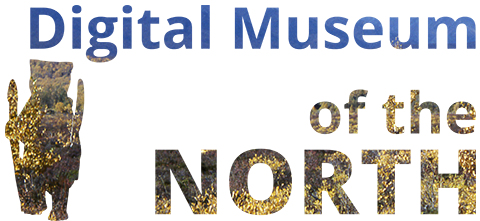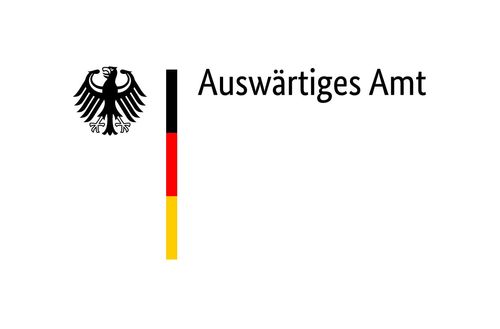Musée d‘ethnographie de l‘Université de Bordeaux
Semën Urkachan explains his snowshoes
“These snowshoes were made by Shurik Kavav, a former reindeer herder. They didn’t just cut down any tree randomly. For a long time, they carefully looked around to choose whether the wood was straight, fresh, and without branches. Once they found such a tree, they felled it and let it dry a little. After it was somewhat dry but still moist, they began bending it to make it flexible. When that was done, they started adjusting the size. They didn’t measure with Russian units but with their hands, because there were no rulers. And the hands also say something about the body size – the more weight, the wider and longer the snowshoes were made.
The straps are prepared for a whole year; seal skins are cut, which is a very lengthy process. When dry, they cut off what they need. There are also spikes (under the snowshoes), which are needed when climbing mountains with the herd, something regular boots don’t handle well. The inserts stick like magnets and can be removed anytime. The snowshoes can also be used like skis. Our ancestors even sometimes used them in racing competitions. They knew the strong birches they used for skis, snowshoes, and sleds. They lasted a long time and were even used later by children.”
Recorded by Erich Kasten. Palana, 2002.



